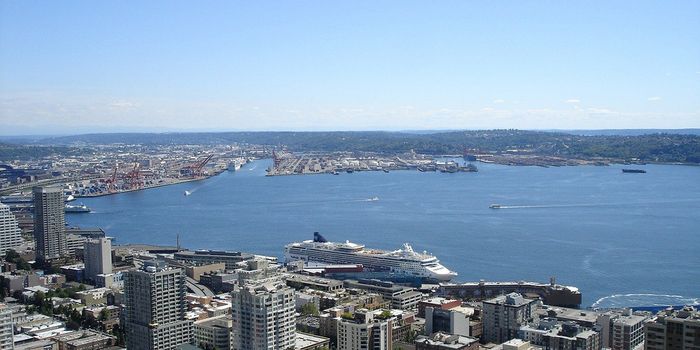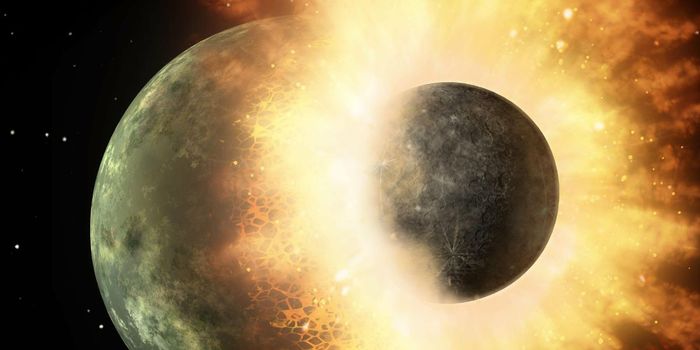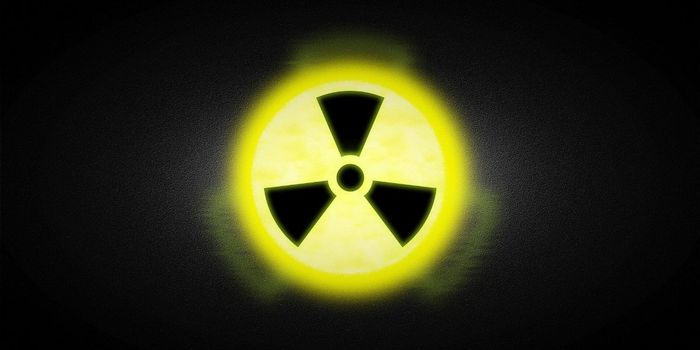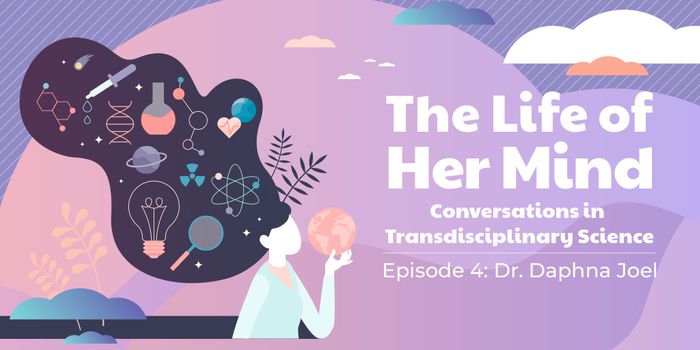Try cutting open a world map beach ball and you will see the dilemma that all mapmakers face: the surface of a sphere cannot be represented as a plane without some form of distortion. Mathematicians use algorithms to translate the globe's surface into a flat plan via a process of cylindrical projection - but there are many ways that those projections can end up looking. Let's explore some of the types of maps we have.
Have you ever heard of the Mercator map? Even if you haven't, you've undoubtedly seen it, as it's the one that Google Maps features. The Mercator map is good for a number of reasons, the main one being that the countries retain their actual shape. But here's the catch: their sizes are totally distorted. That's why Greenland looks like it's the same size as Africa, when in fact it's 14 times smaller! Meanwhile, the Gall-Peters map focuses on representing the correct size projections of countries, but in this projection, the countries don't retain their shapes. Clearly, neither the Mercator nor the Galls-Peter is the best answer. So which map do most modern cartographers rely on? Watch the video to find out!








